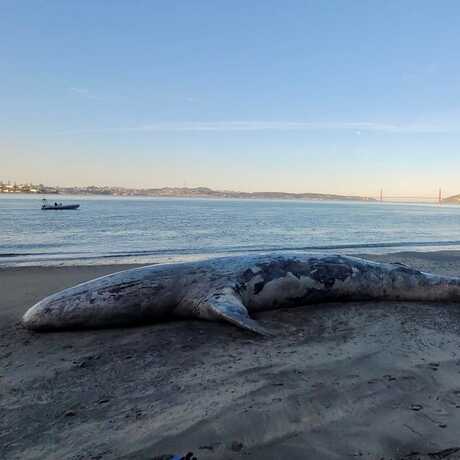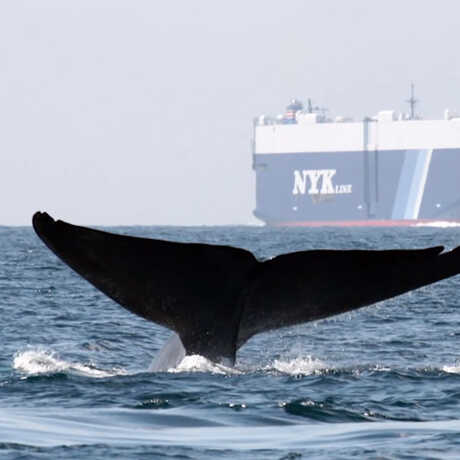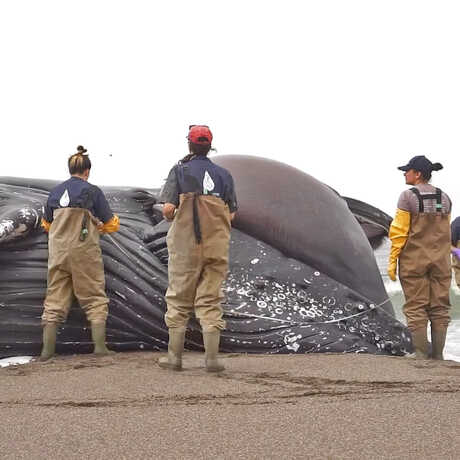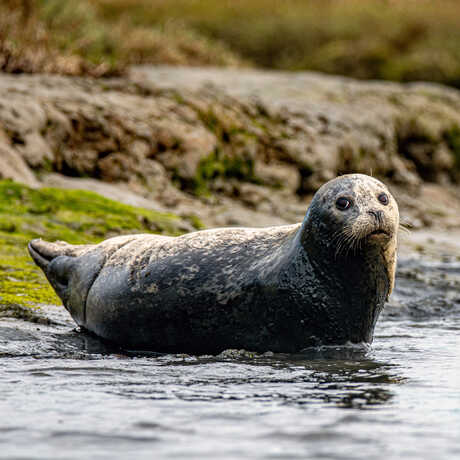My story is super crazy: I have undergraduate degrees in Asian and Women’s Studies, and then I had a career in theater. Yet throughout this time, I always loved biology. I gave up on it in college because of how hard and massive first-year classes were. Instead, I spent 10 years working in theater, handling the technical side of lighting and design.
Eventually, when I was in my late 20s, I got into birding with a local nonprofit, and I realized there was this whole field of environmental sciences and birding that hadn’t been available to me before. I started taking supplemental classes to fill out my knowledge of biology and science, and I left my career in theater to become an intern. I landed an internship at what is now called Point Blue Conservation Science and finished a few volunteer field seasons studying puffins in Maine and seabirds on an island in Alaska.











